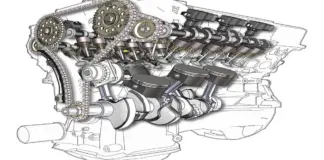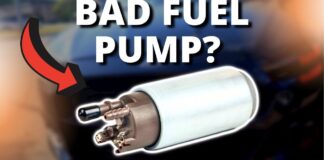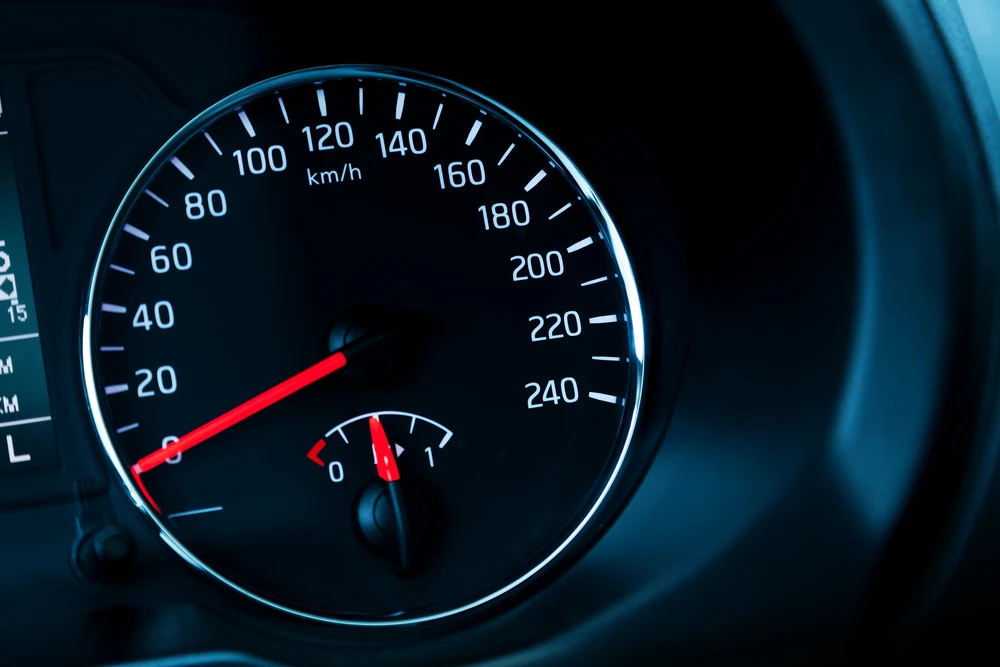As various signs start to emerge, impacting the engine’s performance, owners of aging cars might observe clear indications that components are deteriorating.
With prolonged use, components can degrade, triggering the engine warning light, problems with engine speed changes during idle, and other performance-related concerns.
Engine RPM may fluctuates at idle unexpectedly, particularly when idling, signaling either a small or significant problem that requires immediate attention to ensure the vehicle operates correctly.
If a worn component is ignored, it could lead to costlier repairs, as it may cause additional parts to deteriorate over time.
Reasons for RPM Fluctuations at Idle
After driving a car for some time, you become accustomed to its handling and behavior under different conditions. On the highway, RPM and acceleration should remain steady, not erratic.
At a stoplight, the RPM should fall below 1000. The vehicle should exhibit a consistent, smooth vibration while idling, but issues may cause it to stall or shake noticeably.
If your car begins acting unusually during operation, you could be facing one of the following issues:
Clutch Issues
Most vehicles today, particularly those made after 1995, come equipped with automatic transmissions, where gears shift automatically as you accelerate.
In manual transmission vehicles, the driver uses a clutch to change gears, which interacts directly with the transmission system.
A worn clutch may fail to engage gears properly, especially during idle, often leading to reduced RPMs despite increased clutch and gas pedal pressure.
Idle Control Valve Failure
The engine in your vehicle has a small valve that opens during idle to allow a controlled amount of fuel into the engine, maintaining stable operation.
If this valve malfunctions, it disrupts the transmission and RPMs, causing an irregular fuel flow into the engine.
This may result in the car accelerating excessively when pressing the gas or struggling to maintain speed, even when not accelerating on the highway.
Transmission Fluid Issues
In automatic vehicles, transmission fluid is vital for transferring engine power to the transmission. As the car accelerates, the fluid moves faster to lubricate components. A leak in the transmission line can cause RPM spikes while driving.
Vacuum System Leak
A leak in the vacuum created within the intake manifold, where air and fuel combine, can disrupt the balance of the air-fuel mixture.
This leads to elevated RPMs and sluggish acceleration, often accompanied by a distinctive high-pitched noise from the engine.
Spark Plug Issues
Engines rely on fuel combustion to generate power for movement. Spark plugs initiate this process. When worn, they cause an uneven air-fuel mix, leading to inefficient fuel burning and suboptimal performance.
This can result in engine misfires, lower fuel efficiency, and unstable idling.
Timing Belt Issues
The crankshaft and camshaft in an engine must work in sync to manage the intake and exhaust of air and fuel, driving the pistons effectively.
The timing belt ensures this synchronization, but it can wear out over time. When it does, RPMs may fluctuate unpredictably at higher speeds, and in severe cases, the car may fail to start.
Air Filter and Fuel Injector Issues
Engines burn fuel at a precise rate, controlled by fuel injectors that deliver the exact amount of fuel to the combustion chamber at the right moment.
The air filter, another critical component, allows air into the engine for combustion. If either is clogged or worn, it disrupts the air-fuel balance, causing reduced acceleration and irregular RPM spikes.
Signs to Watch For
Every vehicle should have a tachometer, displaying hash marks to show engine revolutions per minute (RPM). A red warning line, typically around 6000 RPM, indicates potential engine damage if exceeded.
Pressing the gas pedal should increase RPMs, but they should not surpass 4000 RPM under normal conditions.
At low speeds, idling between 700 and 1000 RPM or driving at 2000 RPM is typical. Sustained RPMs in the red zone can harm the engine, particularly in older vehicles, reducing their lifespan.
Other signs of transmission issues include erratic high and low RPMs during engine operation.
If the car fails to start, gears don’t align correctly, or there’s a burning smell, the transmission may be faulty. Without these symptoms, irregular RPMs might simply indicate a part needing replacement.
A healthy engine should not experience sudden or random RPM changes. If this occurs, have a mechanic inspect the vehicle promptly.
While repairs for these issues may be costly and inconvenient, addressing them early prevents more severe and expensive problems. These are generally minor issues that won’t cause permanent damage if fixed promptly.







